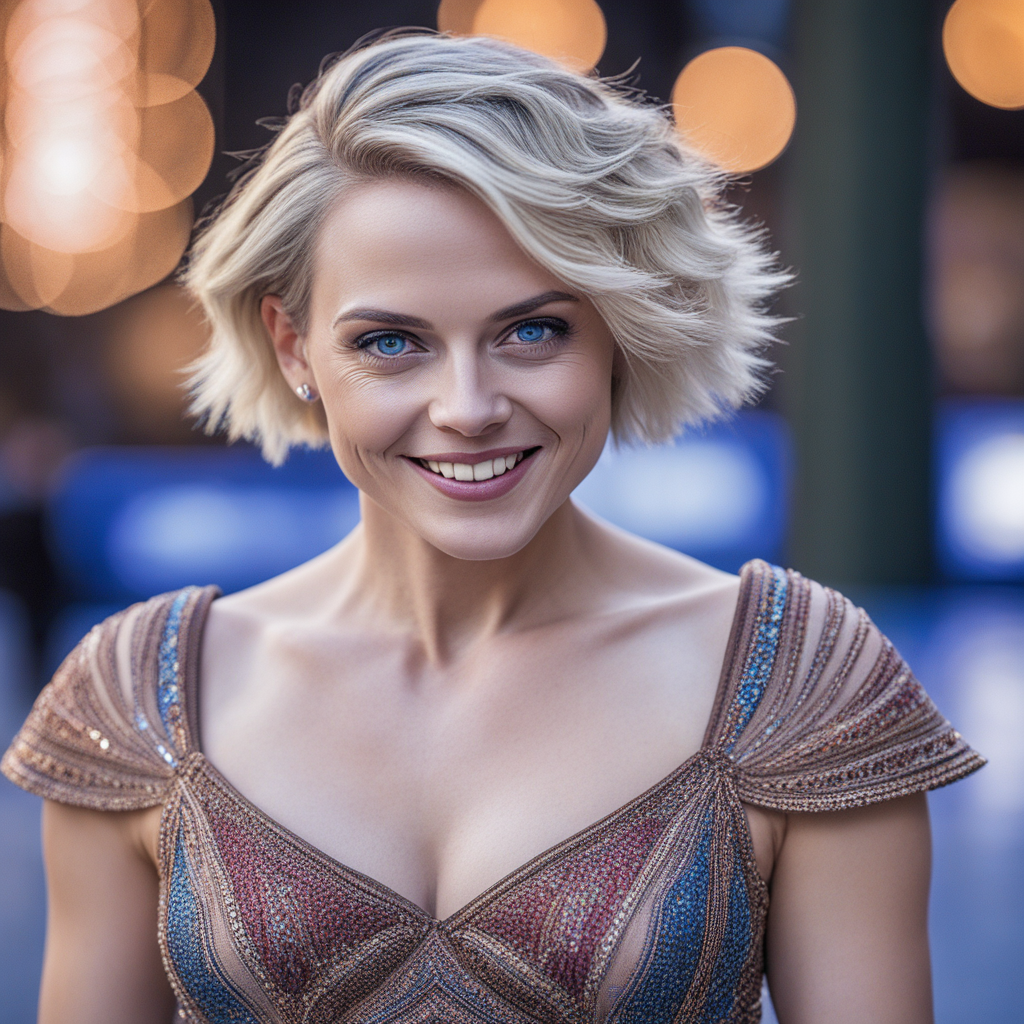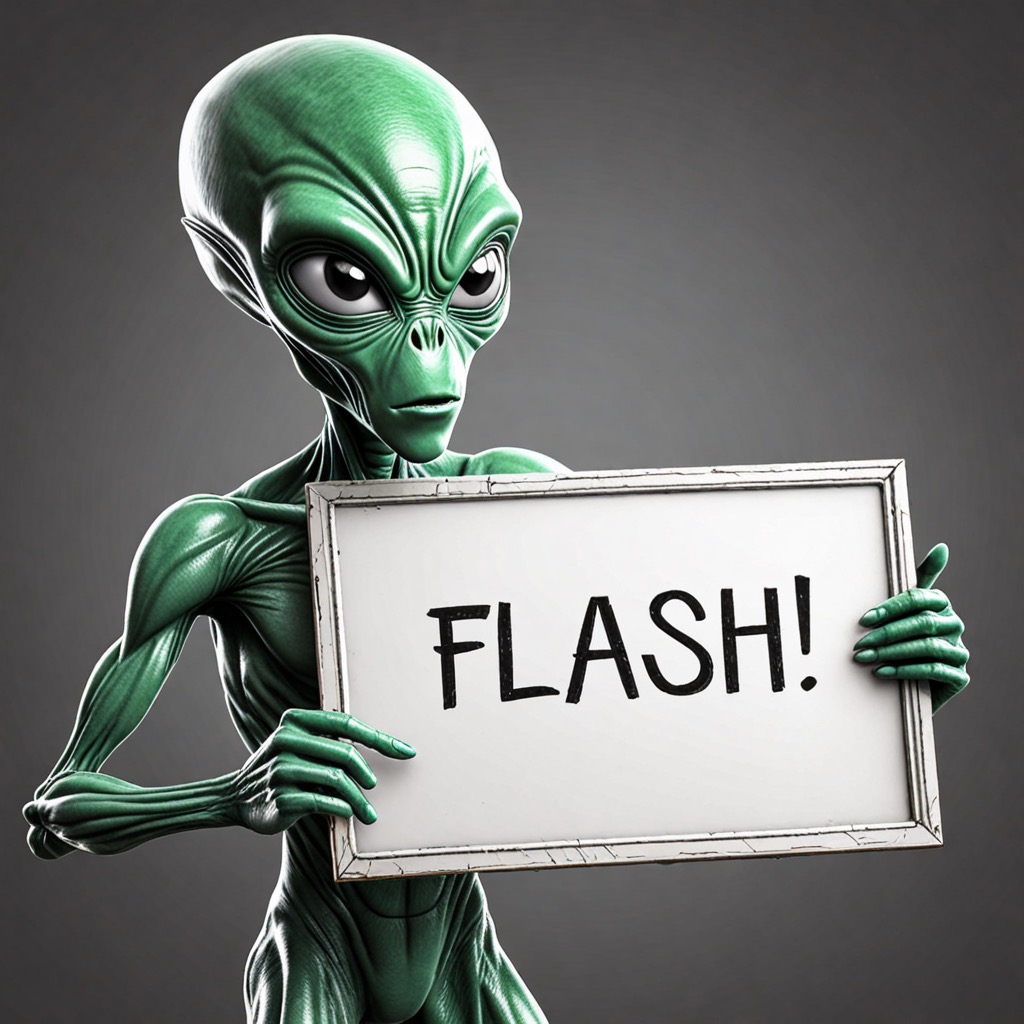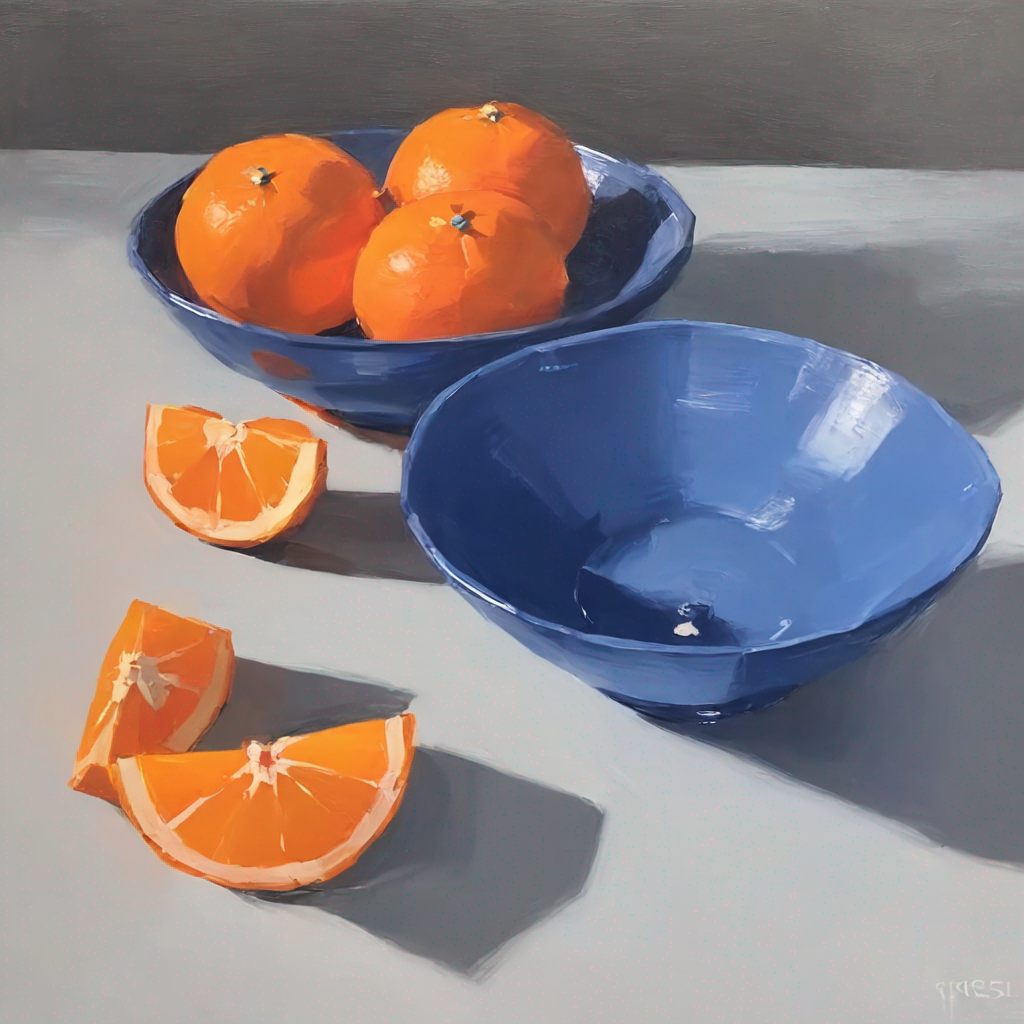sdxl-betterup
Maintainer: jasonljin

10

| Property | Value |
|---|---|
| Run this model | Run on Replicate |
| API spec | View on Replicate |
| Github link | No Github link provided |
| Paper link | No paper link provided |
Create account to get full access
Model overview
The sdxl-betterup model is a variation of the Stable Diffusion XL (SDXL) image generation model, developed by the Replicate model maintainer jasonljin. This model is specifically tuned for high-quality image generation and has been enhanced with additional capabilities compared to the base SDXL model. It can be used for tasks like text-to-image generation, image-to-image transformation, and inpainting. The sdxl-betterup model is similar to other SDXL-based models like stable-diffusion-x4-upscaler, sdxl, nebul.redmond, and sdxl-custom-model, each offering their own unique enhancements and capabilities.
Model inputs and outputs
The sdxl-betterup model accepts a variety of inputs, including a text prompt, an input image, a mask, and various configuration options. These inputs allow users to generate, transform, and inpaint images based on their needs.
Inputs
- Prompt: The text prompt that describes the desired image.
- Image: An input image for image-to-image or inpainting tasks.
- Mask: A mask that defines the areas of the input image to be inpainted.
- Width/Height: The desired width and height of the output image.
- Seed: A random seed value to control the randomness of the generated output.
- Refine: The type of refinement to apply to the generated image.
- Scheduler: The scheduling algorithm to use during the diffusion process.
- Guidance Scale: The scale for classifier-free guidance, which controls the balance between the input prompt and the model's own learned priors.
- Num Inference Steps: The number of denoising steps to perform during the diffusion process.
Outputs
- Output images: One or more generated images, based on the specified input prompt and configuration.
Capabilities
The sdxl-betterup model is capable of generating high-quality images from text prompts, transforming existing images, and inpainting missing or damaged regions of images. It can produce a wide variety of realistic and imaginative images, including scenes, portraits, and abstract compositions.
What can I use it for?
The sdxl-betterup model can be used for a variety of creative and design-oriented tasks, such as generating concept art, illustrations, and visual assets for various media and industries. It can also be used for image editing and restoration, as the inpainting capabilities allow users to remove or replace elements within an image. Additionally, the model can be integrated into various applications and platforms to provide users with powerful image generation and manipulation capabilities.
Things to try
Users can experiment with the sdxl-betterup model by providing a diverse range of text prompts, exploring different configurations for the input parameters, and using the model in conjunction with other image processing tools and techniques. This can lead to the creation of unique and unexpected visual outcomes, opening up new possibilities for artistic expression and visual storytelling.
This summary was produced with help from an AI and may contain inaccuracies - check out the links to read the original source documents!
Related Models

sdxl-lightning-4step

412.2K
sdxl-lightning-4step is a fast text-to-image model developed by ByteDance that can generate high-quality images in just 4 steps. It is similar to other fast diffusion models like AnimateDiff-Lightning and Instant-ID MultiControlNet, which also aim to speed up the image generation process. Unlike the original Stable Diffusion model, these fast models sacrifice some flexibility and control to achieve faster generation times. Model inputs and outputs The sdxl-lightning-4step model takes in a text prompt and various parameters to control the output image, such as the width, height, number of images, and guidance scale. The model can output up to 4 images at a time, with a recommended image size of 1024x1024 or 1280x1280 pixels. Inputs Prompt**: The text prompt describing the desired image Negative prompt**: A prompt that describes what the model should not generate Width**: The width of the output image Height**: The height of the output image Num outputs**: The number of images to generate (up to 4) Scheduler**: The algorithm used to sample the latent space Guidance scale**: The scale for classifier-free guidance, which controls the trade-off between fidelity to the prompt and sample diversity Num inference steps**: The number of denoising steps, with 4 recommended for best results Seed**: A random seed to control the output image Outputs Image(s)**: One or more images generated based on the input prompt and parameters Capabilities The sdxl-lightning-4step model is capable of generating a wide variety of images based on text prompts, from realistic scenes to imaginative and creative compositions. The model's 4-step generation process allows it to produce high-quality results quickly, making it suitable for applications that require fast image generation. What can I use it for? The sdxl-lightning-4step model could be useful for applications that need to generate images in real-time, such as video game asset generation, interactive storytelling, or augmented reality experiences. Businesses could also use the model to quickly generate product visualization, marketing imagery, or custom artwork based on client prompts. Creatives may find the model helpful for ideation, concept development, or rapid prototyping. Things to try One interesting thing to try with the sdxl-lightning-4step model is to experiment with the guidance scale parameter. By adjusting the guidance scale, you can control the balance between fidelity to the prompt and diversity of the output. Lower guidance scales may result in more unexpected and imaginative images, while higher scales will produce outputs that are closer to the specified prompt.
Updated Invalid Date

sdxl-custom-model

1
sdxl-custom-model is a variant of the SDXL (Stable Diffusion XL) text-to-image AI model, developed by alexgenovese. This model includes enhancements such as Callback Adjust, which can provide additional customization and refinement capabilities compared to the original SDXL model. While the core functionality remains similar to SDXL, the custom modifications may offer unique advantages for certain use cases. Model inputs and outputs sdxl-custom-model is a text-to-image generation model, taking in a textual prompt and producing a corresponding image. The model's inputs and outputs are as follows: Inputs Prompt**: The textual description of the desired image to be generated. Seed Number**: A numerical seed value that can be used to control the randomness of the generated image. Negative Prompt**: A textual prompt specifying elements that should not be included in the generated image. Num Inference Steps**: The number of steps to be used in the image generation process. Guidance Scale**: The strength of the guidance signal used to steer the image generation towards the desired prompt. Denoising**: The strength of the denoising process applied to the generated image. Refiner**: A boolean flag to activate the Refiner module, which can potentially enhance the generated image. Lora URL**: A link to a LORA (Low-Rank Adaptation) model that can be used to further fine-tune the generation process. Outputs Generated Image**: The output of the model is a URI (Uniform Resource Identifier) that points to the generated image. Capabilities sdxl-custom-model can generate a wide variety of images based on textual prompts, similar to the capabilities of the original SDXL model. The custom enhancements, such as Callback Adjust, may provide additional control and refinement over the generated images, potentially allowing for more precise and tailored outputs. What can I use it for? sdxl-custom-model can be used for various creative and practical applications, such as: Generating concept art, illustrations, or visual assets for creative projects. Producing images for use in marketing, advertising, or social media content. Experimenting with different prompts and settings to explore the model's capabilities and find unique visual styles. Things to try When working with sdxl-custom-model, you can experiment with different combinations of input parameters, such as adjusting the Guidance Scale, Denoising, and Refiner settings, to see how they impact the generated images. Additionally, leveraging the provided LORA URL can open up opportunities for further fine-tuning and customization of the model's capabilities.
Updated Invalid Date

sdxl-flash

468
sdxl-flash is a fast version of the SDXL text-to-image model created by chenxwh that produces higher quality images. It is similar to other SDXL-based models like sdxl-lightning-4step, speedy-sdxl-test, and sdxl-2004, which all aim to improve the speed and quality of the original SDXL model. Model inputs and outputs sdxl-flash takes a text prompt as input and generates a single image as output. The model allows you to customize the image size, guidance scale, and negative prompt to refine the output. Inputs Prompt**: The text prompt that describes the image you want to generate Width**: The desired width of the output image Height**: The desired height of the output image Guidance Scale**: A scale that controls the trade-off between sample quality and sample diversity Negative Prompt**: Text that specifies things you don't want to see in the output image Seed**: A random seed value to control the randomness of the output Outputs Output Image**: A single, high-quality image generated from the input prompt Capabilities sdxl-flash is capable of generating a wide range of photorealistic images from text prompts, including scenes, objects, and characters. The model's speed and quality improvements over the original SDXL model make it a compelling option for text-to-image generation tasks. What can I use it for? You can use sdxl-flash to create images for a variety of applications, such as: Generating illustrations, concept art, or promotional images for your business or creative projects Producing images for online content, social media posts, or blog articles Experimenting with different artistic styles and visual concepts by tweaking the input prompts Things to try Some interesting things to try with sdxl-flash include: Exploring the limits of the model's capabilities by generating images with highly detailed or abstract prompts Combining sdxl-flash with other image editing tools to create unique and compelling visual compositions Comparing the output of sdxl-flash to other text-to-image models like sdxl-betterup or sdxl-shining to see how they differ in terms of speed, quality, and creative expression.
Updated Invalid Date

sdxl-allaprima

3
The sdxl-allaprima model, created by Dorian Darko, is a Stable Diffusion XL (SDXL) model trained on a blocky oil painting and still life dataset. This model shares similarities with other SDXL models like sdxl-inpainting, sdxl-bladerunner2049, and sdxl-deep-down, which have been fine-tuned on specific datasets to enhance their capabilities in areas like inpainting, sci-fi imagery, and underwater scenes. Model inputs and outputs The sdxl-allaprima model accepts a variety of inputs, including an input image, a prompt, and optional parameters like seed, width, height, and guidance scale. The output is an array of generated images that match the input prompt and image. Inputs Prompt**: The text prompt that describes the desired image. Image**: An input image that the model can use as a starting point for generation or inpainting. Mask**: A mask that specifies which areas of the input image should be preserved or inpainted. Seed**: A random seed value that can be used to generate reproducible outputs. Width/Height**: The desired dimensions of the output image. Guidance Scale**: A parameter that controls the influence of the text prompt on the generated image. Outputs Generated Images**: An array of one or more images that match the input prompt and image. Capabilities The sdxl-allaprima model is capable of generating high-quality, artistic images based on a text prompt. It can also be used for inpainting, where the model fills in missing or damaged areas of an input image. The model's training on a dataset of blocky oil paintings and still lifes gives it the ability to generate visually striking and unique images in this style. What can I use it for? The sdxl-allaprima model could be useful for a variety of applications, such as: Creating unique digital artwork and illustrations for personal or commercial use Generating concept art and visual references for creative projects Enhancing or repairing damaged or incomplete images through inpainting Experimenting with different artistic styles and techniques in a generative AI framework Things to try One interesting aspect of the sdxl-allaprima model is its ability to generate images with a distinctive blocky, oil painting-inspired style. Users could experiment with prompts that play to this strength, such as prompts that describe abstract, surreal, or impressionistic scenes. Additionally, the model's inpainting capabilities could be explored by providing it with partially complete images and seeing how it fills in the missing details.
Updated Invalid Date